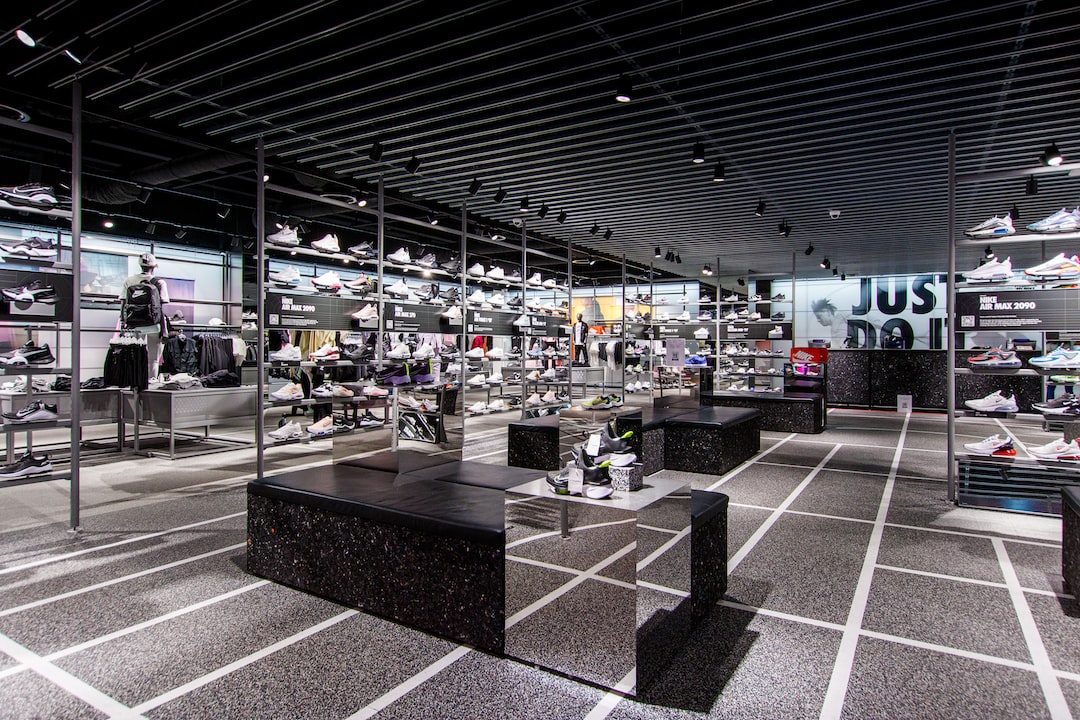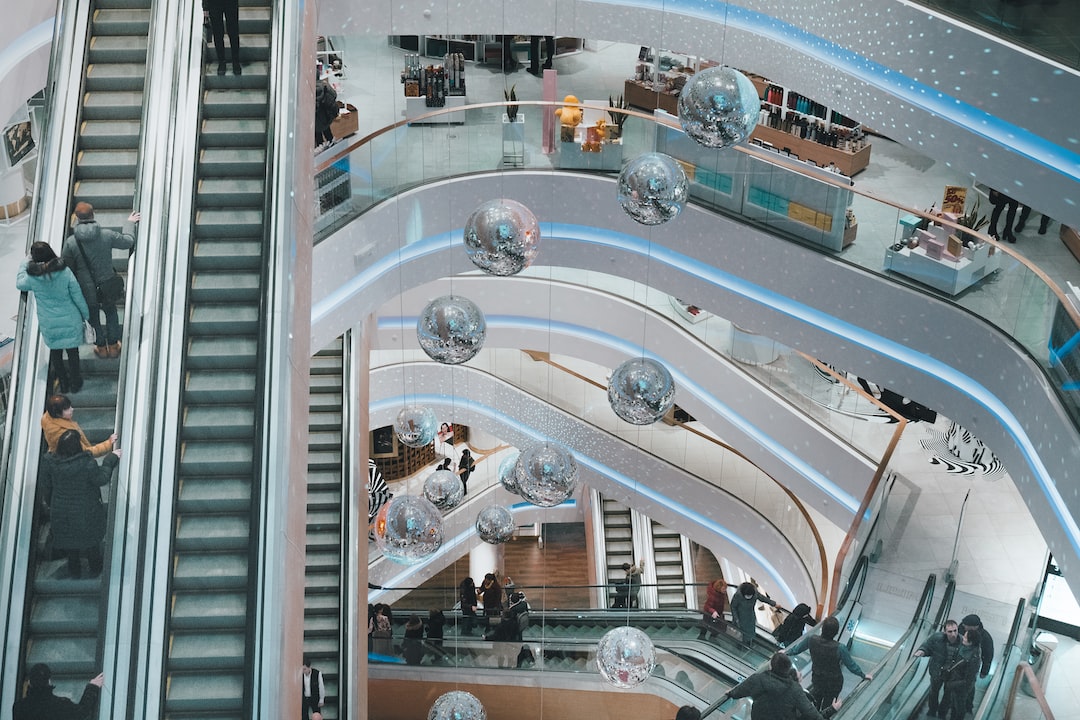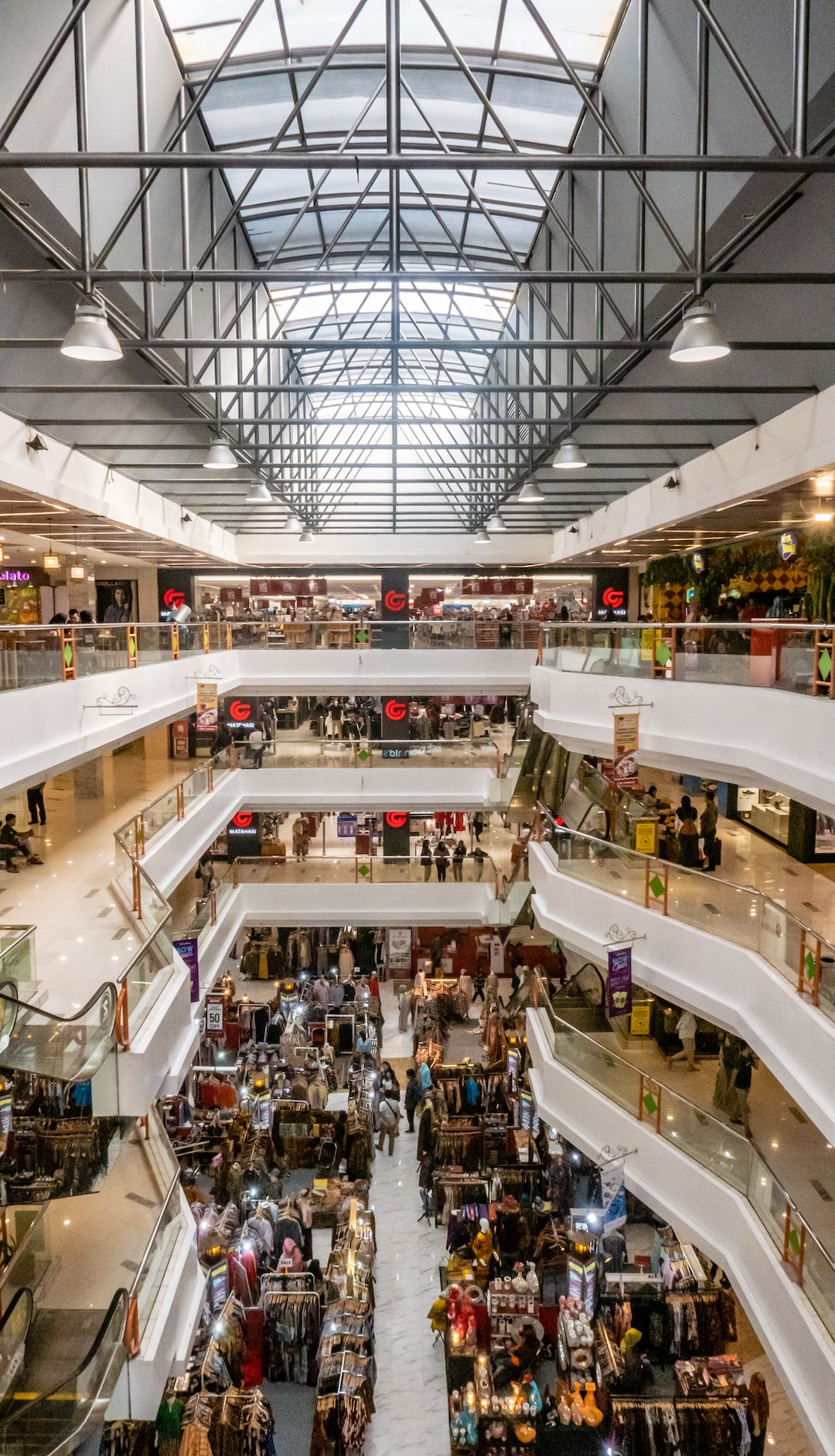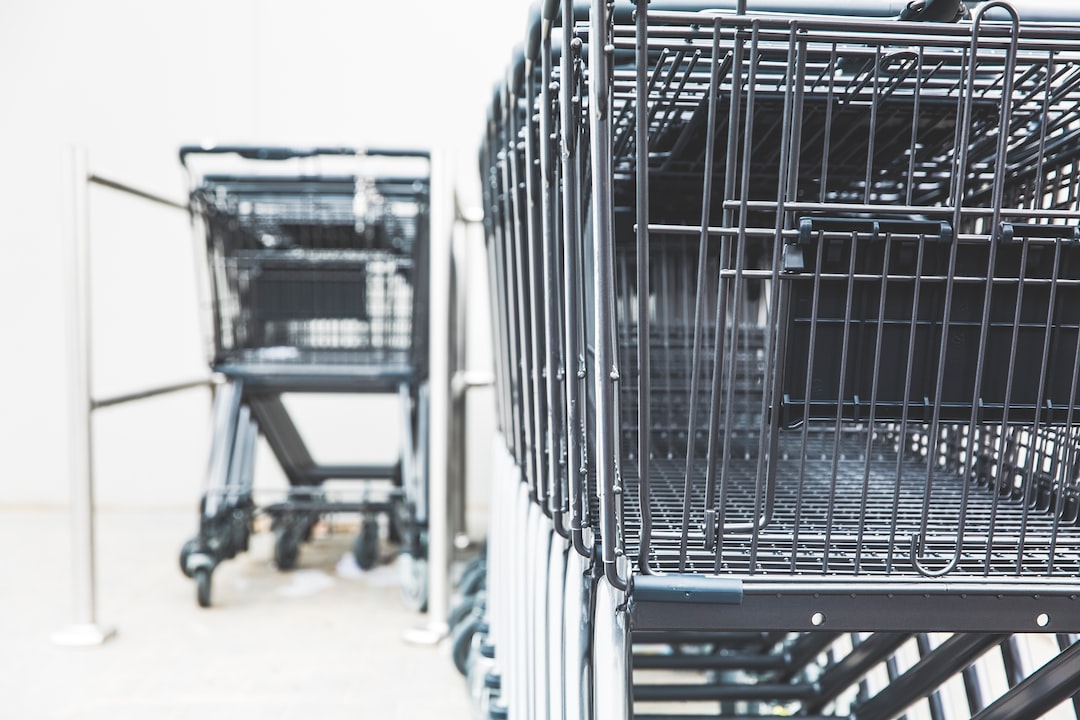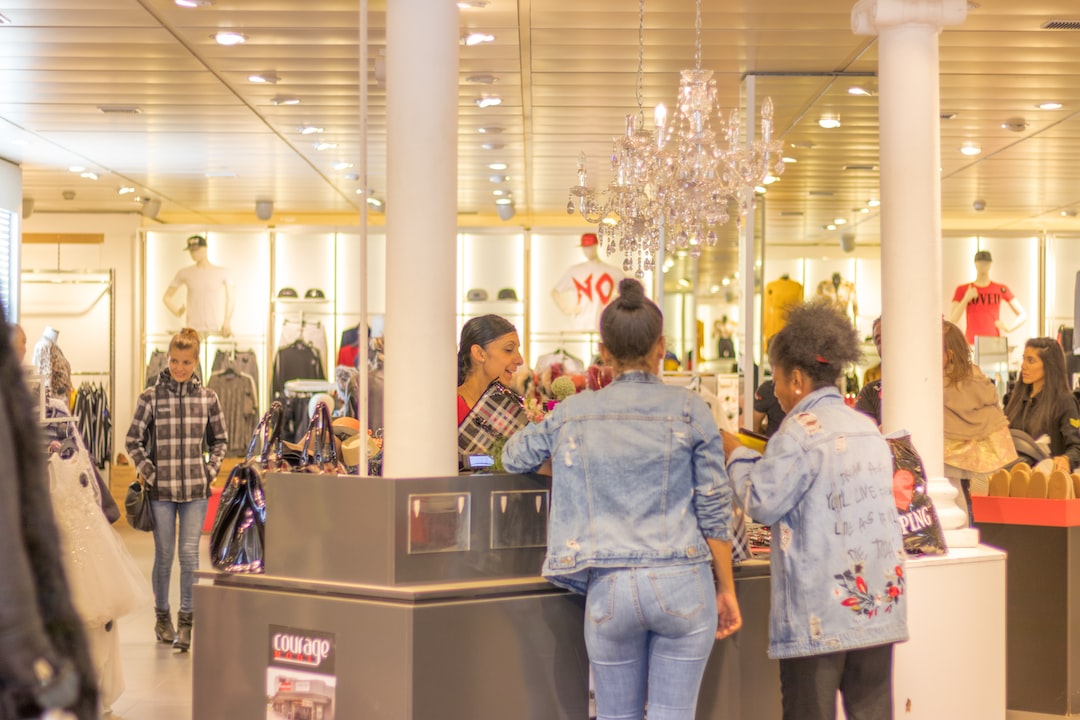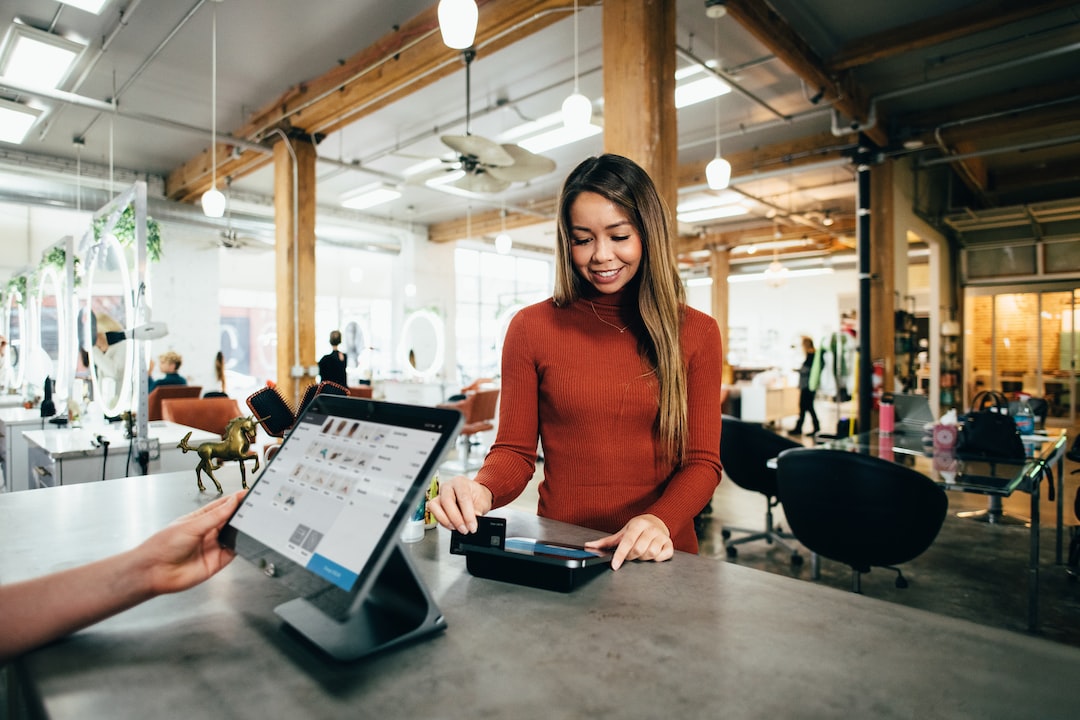The Thrill of Thrift Shopping: Hidden Gems and Bargains
Have you ever stumbled upon a beautiful vintage dress that fits you like a glove, or found a rare vinyl record for a fraction of its original price? If so, then you know the thrill of thrift shopping. There is something undeniably exciting about sifting through racks of second-hand items, never knowing what treasure you might uncover. Thrift shopping is a unique and rewarding experience that offers not only hidden gems but also incredible bargains.
One of the main appeals of thrift shopping is the opportunity to find unique and one-of-a-kind pieces. Unlike mass-produced items found in big-box stores, thrift stores are filled with items that have a history and story behind them. From vintage clothing to antique furniture, you can stumble upon treasures that are truly one-of-a-kind. Each item has its own charm and character, often carrying a sense of nostalgia that can transport you to a different era. Whether you have a love for vintage fashion or an appreciation for retro home decor, thrift shopping is the perfect way to find those rare and unique items that cannot be replicated.
Another exciting aspect of thrift shopping is the element of surprise. You never know what you might find when you walk into a thrift store or browse an online thrift shop. It’s like embarking on a treasure hunt, where each item you discover is a thrilling surprise. Spending a few hours exploring the shelves and racks can lead you to awesome surprises – a designer handbag tucked away in a corner, a rare book hidden in the stacks, or a piece of jewelry that catches your eye. Thrift shopping is all about the unexpected, making every trip a unique and exciting experience.
Not only does thrift shopping offer hidden gems, but it also provides an opportunity to score incredible bargains. Prices in thrift stores are often significantly lower than retail prices. You can find high-quality items at a fraction of their original cost. Whether it’s a gently used designer dress for a fraction of its retail price or a perfectly functional kitchen appliance at a fraction of its original cost, thrift shopping is the gateway to amazing bargains. With a little bit of patience and luck, you can discover items that would otherwise break the bank in traditional retail stores.
Aside from the thrill of finding great bargains, thrift shopping also has an environmental advantage. By choosing thrift shops, you are participating in the practice of reusing and reducing waste. Buying second-hand not only helps reduce the demand for new products but also prevents perfectly usable items from ending up in landfills. Thrift shopping is a sustainable way to update your wardrobe, decorate your home, or find unique gifts for loved ones, without contributing to the cycle of production and consumption that negatively impacts the environment.
Finally, thrift shopping also supports local communities. Many thrift shops are run by non-profit organizations or support charities, meaning that the money spent at these stores often goes toward supporting a cause. By thrift shopping, you are not only benefiting yourself but also giving back to the community. It’s a win-win situation where you get to enjoy the excitement of thrift shopping while also making a positive impact on those in need.
In conclusion, thrift shopping is a thrilling adventure that offers hidden gems and incredible bargains. The uniqueness of the items found in thrift stores, the element of surprise, and the opportunity to score amazing deals are all part of the thrill. Additionally, thrift shopping promotes sustainability by reducing waste and supports local communities. The next time you’re looking for something special or just want to embark on a treasure hunt, don’t forget to explore the wondrous world of thrift shopping. You never know what hidden gems and bargains await you!
